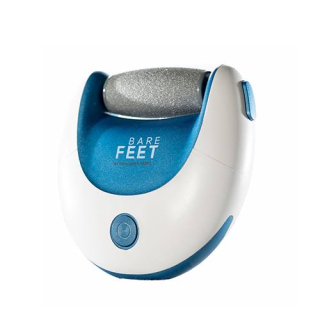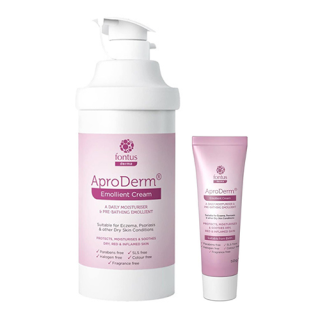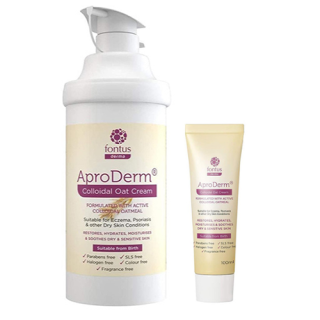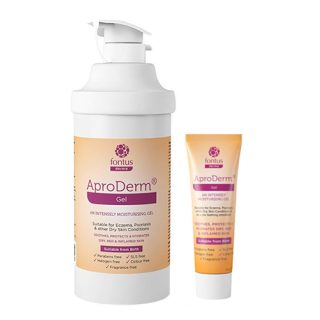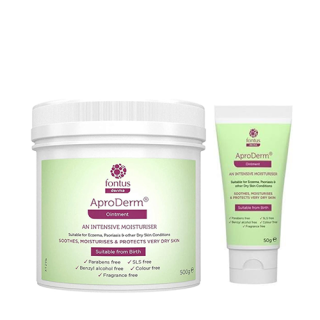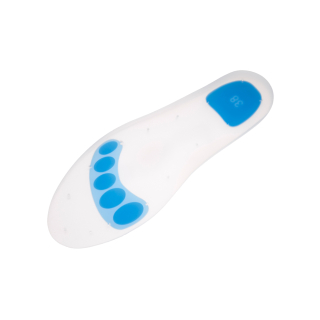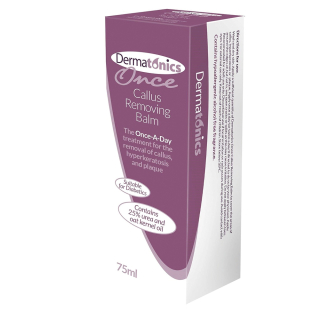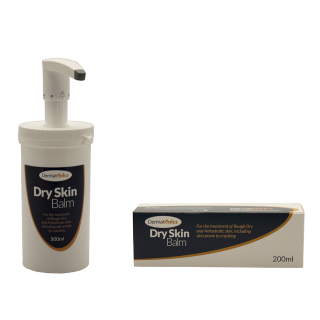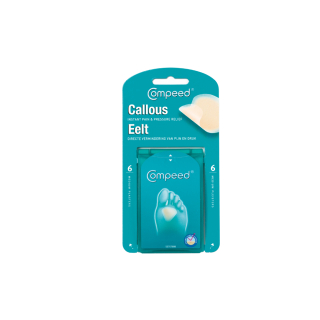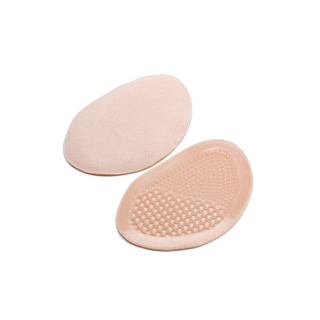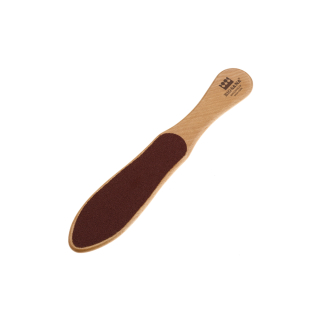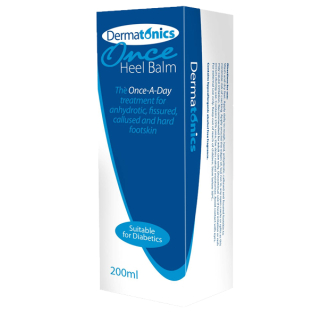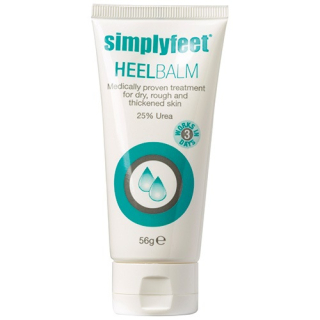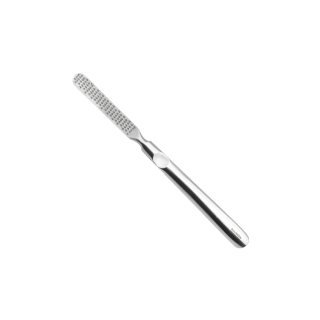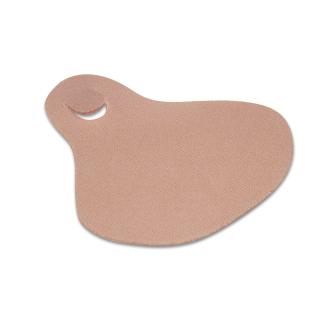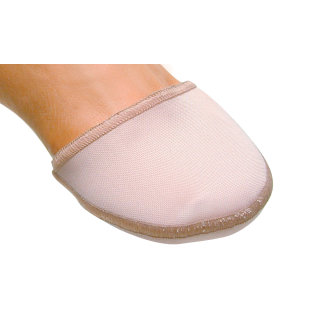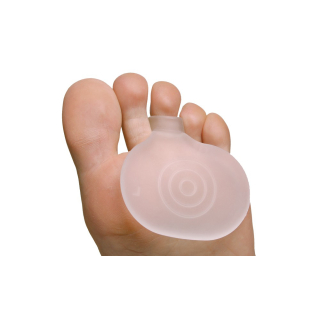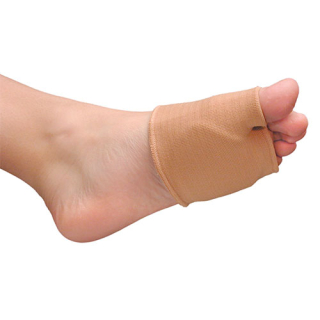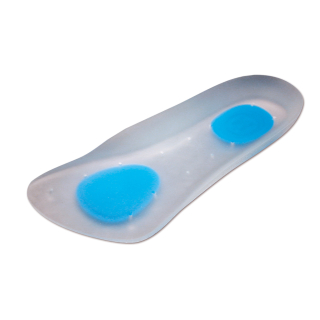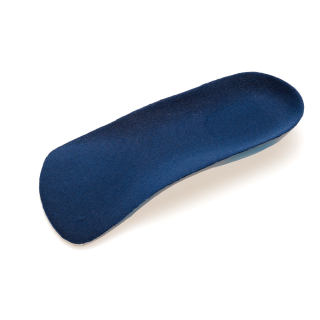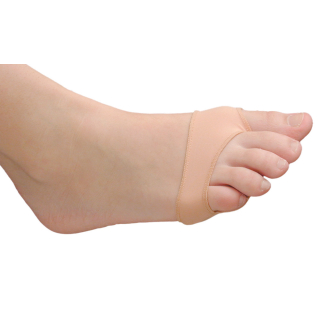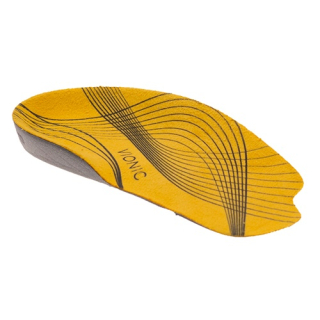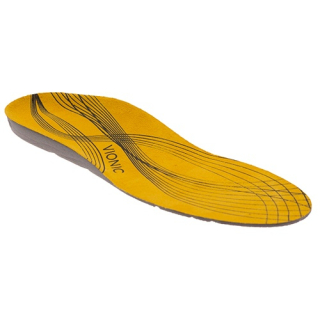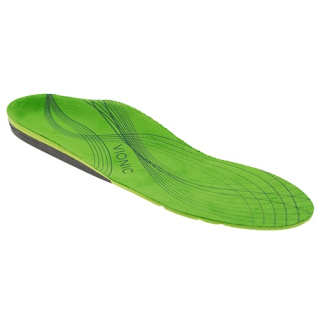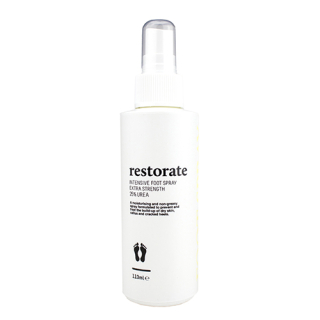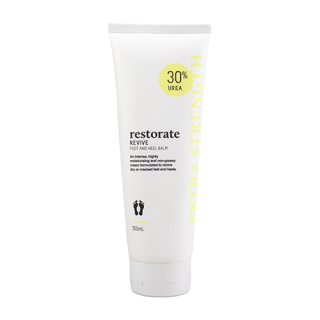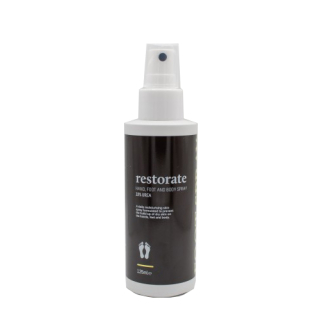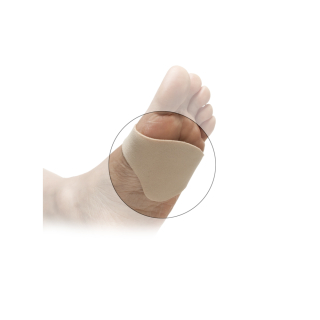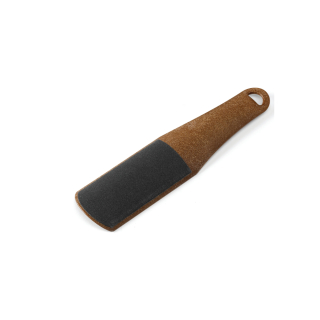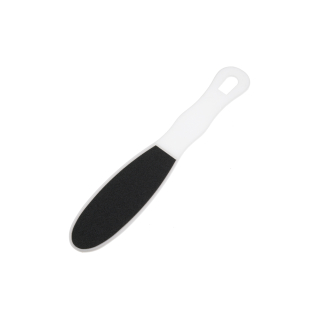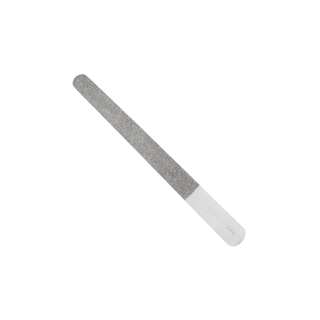Callus (Hard Skin)
What is a Callus?
A callus is an area of thick, hardened skin usually found over a bony area of your foot, on your heel or around the ball of your foot.
Causes of Calluses
Calluses be caused from wearing poor fitting shoes that are either too tight or types of shoe such as heels, flip flops, slip ons or wellingtons.
Treatments for Calluses
To reduce the chance of getting a callus, look into wearing cushioned, shock absorbing shoes and insoles, and try to limit the amount of time you wear high heels. Also, use moisturising foot cream or heel balm to avoid dryness.
Frequently Asked Questions
Should you remove your calluses?
To remove a callus, use a pumice stone, foot file or rasp. Never try to remove one by cutting the skin with scissors or a razor blade. This could damage your tissue and cause an infection. For this reason, cutting calluses is particularly dangerous for patients with diabetes. If you have diabetes, poor circulation or are classed as immunocompromised, seek advice from your local podiatrist on further treatment.
Do calluses stay forever?
No, a callus can start to heal as long as you stop doing whatever is causing the repeated friction and pressure on the skin. By using gentle exfoliation and specialist dry skin cream, the callus will eventually soften and the skin will begin to heal.
Do calluses have roots?
Calluses do not have roots. Calluses and corns are simply areas of hardened, thickened skin caused by prolonged friction or rubbing. They can be treated over time by reducing the cause of the callus and treating the skin with a dry skin cream and exfoliating scrub.

